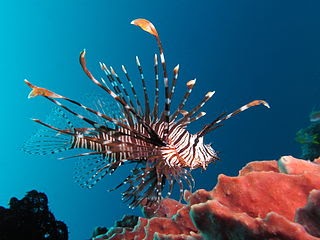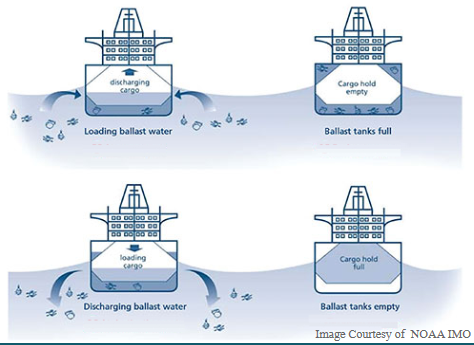 Look out, the Lionfishes are taking over! With a colorful red, white, and black-striped exterior and dorsal spines that deliver painful stings, the Lionfishes are scaring away other fish species in the Mediterranean Sea.
Look out, the Lionfishes are taking over! With a colorful red, white, and black-striped exterior and dorsal spines that deliver painful stings, the Lionfishes are scaring away other fish species in the Mediterranean Sea.
In Lebanon, the Lionfish, a non-native species, has become an increasingly common entree in restaurants and shops. They are, along with others like the Red Sea Puffer Fish, known as invasive species -- organisms not originally from a particular area.
According to Reuters, “the invasive [Lionfish] spawns every four days and can lay up to two million eggs every year.” Fishermen in Sarafand, Lebanon, have noted seeing up to 30 to 50 of the same fish species in a single area.
Let’s find out more about these invasive species and how they are impacting the local communities.
Spreading in Mediterranean Waters
Researchers believe that many of the invasive species have hitchhiked their way into the Mediterranean Sea through trade and commercial ships. They do so either by attaching themselves to the vessels, or the propellers of smaller boats.
 They may even be carried by ballast water. Ships pump fresh or saltwater into ballast tanks to balance out the weight when there is no cargo on board. When they arrive at a new port, the ballast water is released, along with any organisms that may have been sucked in during the beginning of the voyage. Non-native species are often unintentionally brought into a foreign location by human activities!
They may even be carried by ballast water. Ships pump fresh or saltwater into ballast tanks to balance out the weight when there is no cargo on board. When they arrive at a new port, the ballast water is released, along with any organisms that may have been sucked in during the beginning of the voyage. Non-native species are often unintentionally brought into a foreign location by human activities!
One popular route for these non-native species to travel through is the Suez Canal because it is a convenient man-made trade waterway between Europe and Asia, connecting the Mediterranean Sea and the Red Sea in Egypt. In the past, the difference in salinity levels between the lakes and rivers that the canal intersects, including the Bitter Lakes, Lake Timsah, and the Nile, created a natural barrier that organisms could not pass. However, after the canal was widened and deepened in 2015, the salinity level no longer posed a challenge to the survival of new invasive species.
Moreover, a lack of natural predators, along with the rising sea temperatures in the Mediterranean due to climate change, have helped non-native species to adapt and thrive in their new environment. Take Lionfish for example–the warmer sea waters resemble its natural home in the Red Sea, and because it is at the top of the food chain, there are no predators to keep its population in check or prevent it from overhunting local fish species.
Impact and Solutions
At times, invasive species are harmless or even beneficial, serving as a form of population control for existing organisms. However, as in the case of the Lionfish, they pose a definite risk to the existing ecosystems by threatening the diversity and survival of native species.
Local communities have sought to take matters into their own hands, by actively incorporating the Lionfish into their daily diets. On a global scale, the International Maritime Organization has also implemented regulations in releasing ballast water, to prevent more invasive species from entering new ocean waters.
Although it won’t happen overnight, continued local and international efforts, like stricter controls over human activities, will surely help to address the invasive species issue seen not only in the Mediterranean Sea but also in other oceans in the world.
Sources: Washington Post, Reuters, Euronews, NatGeo, invasivespeciesinfo.gov







